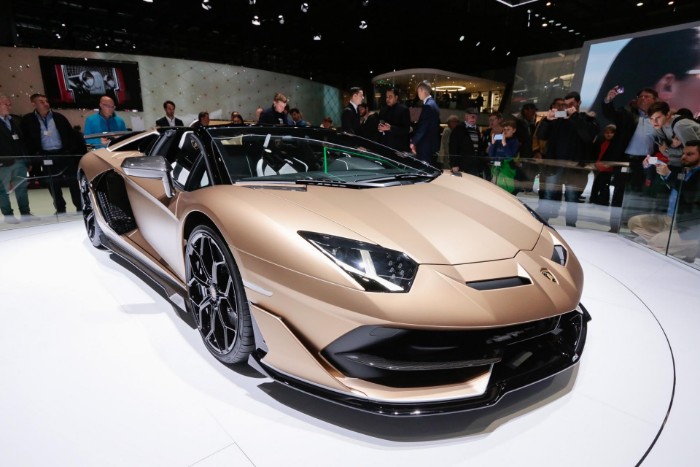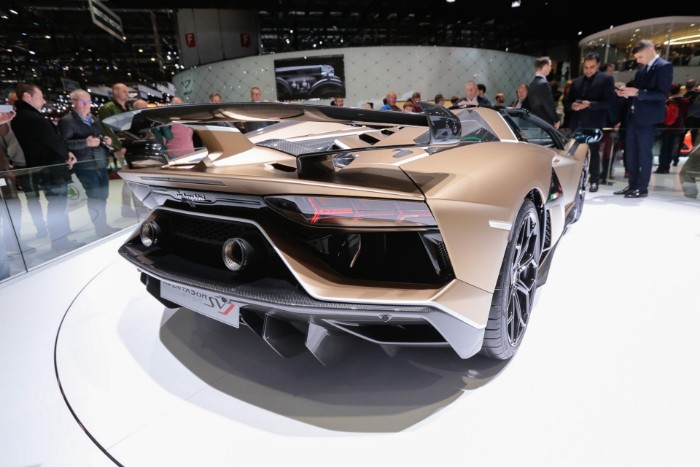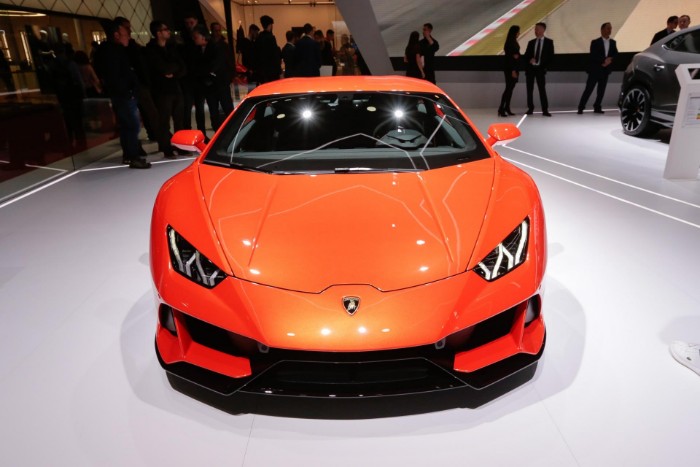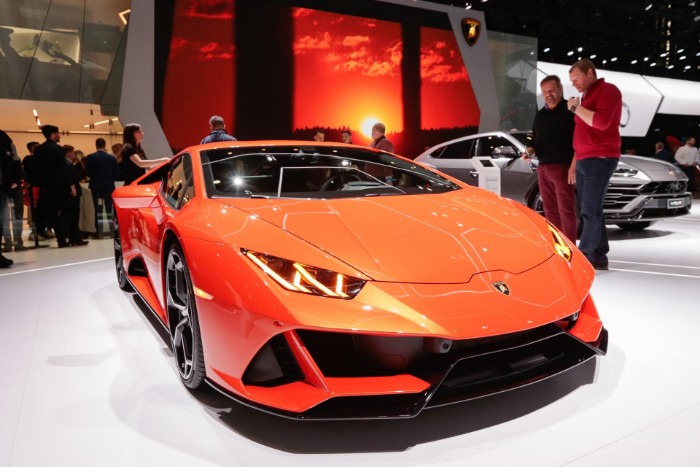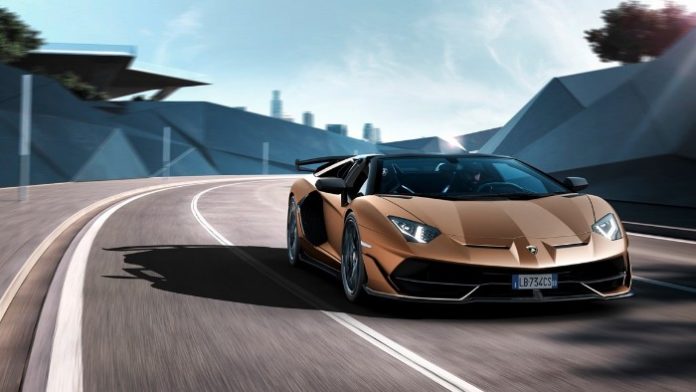Lamborghini has been a pillar of motorsports and performance for more than 50 years. However, the world has caught up fast and the Italian company is facing increasing competition.
With the Aventador approaching the end of its lifeline, many are wondering what Lamborghini has planned for the future. Road and Track got a hold of Lamborghini Chief Technology Officer – Maurizio Reggiani – for an interview on the way forward. Here are some of the key takeaways.
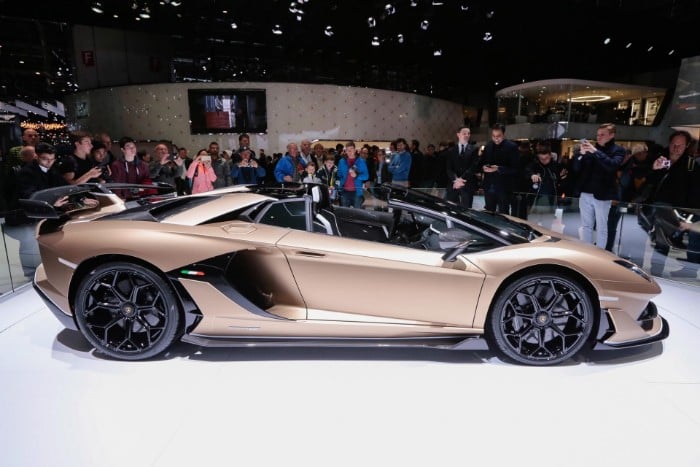
The naturally aspirated V12 is nearing its limit. Lamborghini has been producing and perfecting the V12 for 55 years. At 759 bhp and 531 lbs/ft of torque in the Aventador SVJ, it’s about as good as it’s going to get. In this era of mass hybridization and multiple turbochargers creating four-figure horsepower, the naturally aspirated V12 can’t keep up much longer.
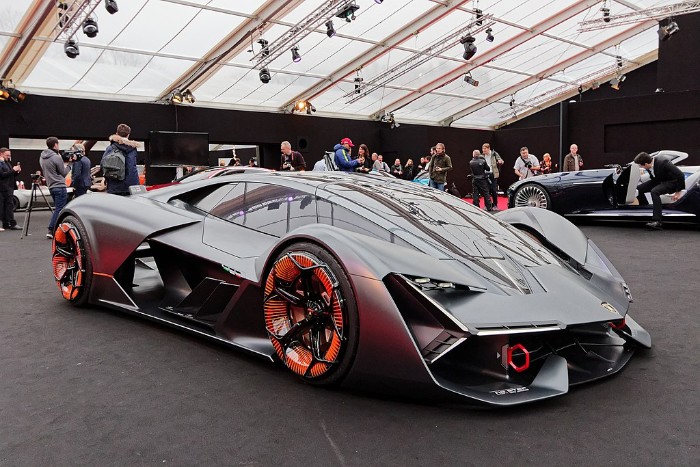
With the 2017 Terzo Millennio concept, Lamborghini made it clear their future is electric. But the Aventador’s successor will not abandon its heritage just for more power. A hybrid instead – combining the song of the V12 with the efficiency and instant torque of electric motors.
Ever one to push the boundaries, Lamborghini is looking beyond batteries – at supercapacitors. Supercapacitors store less energy and don’t last as long compared to batteries. However, they can charge and discharge energy more quickly, providing more power to the motors, albeit short-lived.
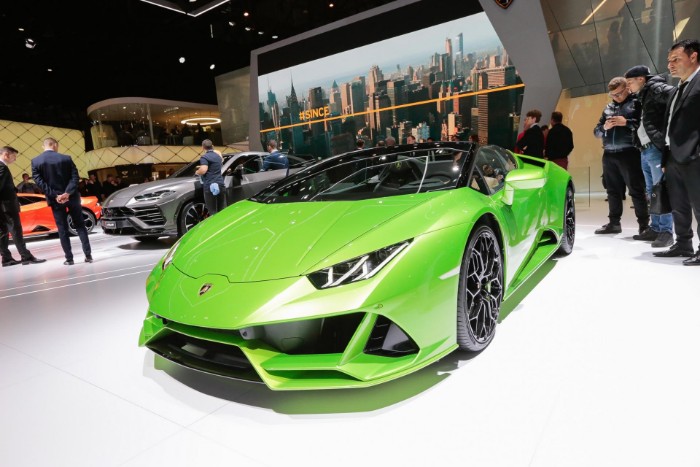
As Formula One technology continues to trickle down into road-going cars, regenerative braking and KERS units become almost common in high-end vehicles.
Topping up the supercapacitors under braking just to unleash more power coming out of a corner sounds like a proper Lamborghini experience. And with a 6.5-liter V12 engine pushing you from behind, you will feel like you’re strapped to a rocket.
At 3,300 lbs (give or take), both Aventador and Huracan are not exactly the lightest supercars. Hybridization further adds a healthy amount of weight to any vehicle. You can’t beat physics and make mass weightless.
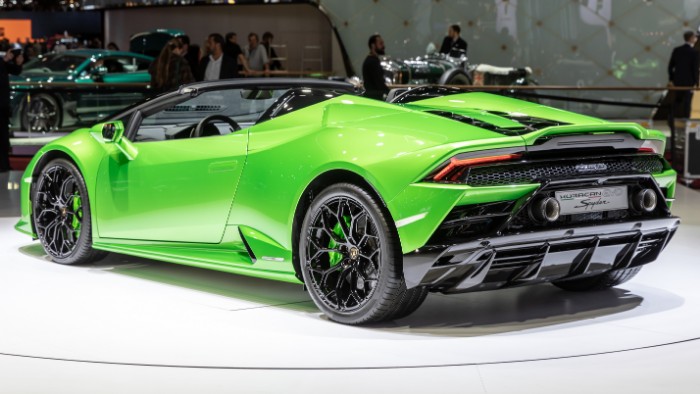
However, you can change the perception of that weight by allowing the car to articulate better. The 2019 Huracan Evo feels much lighter than it actually is. The new vehicle dynamics system intelligently uses torque vectoring and steering of all four wheels to put the car exactly where it needs to be. As a result, the Evo turns with a shorter radius than its wheelbase typically allows, and stays firmly planted on the ground in high G corners.
It sounds like Lamborghini is ready to start its next chapter in the race for ultimate performance. But Chief Technology Officer Maurizio Reggiani wouldn’t let us know any of the real details.
For now, we can enjoy the Aventador SVJ Roadster and Huracan Evo Spyder.
